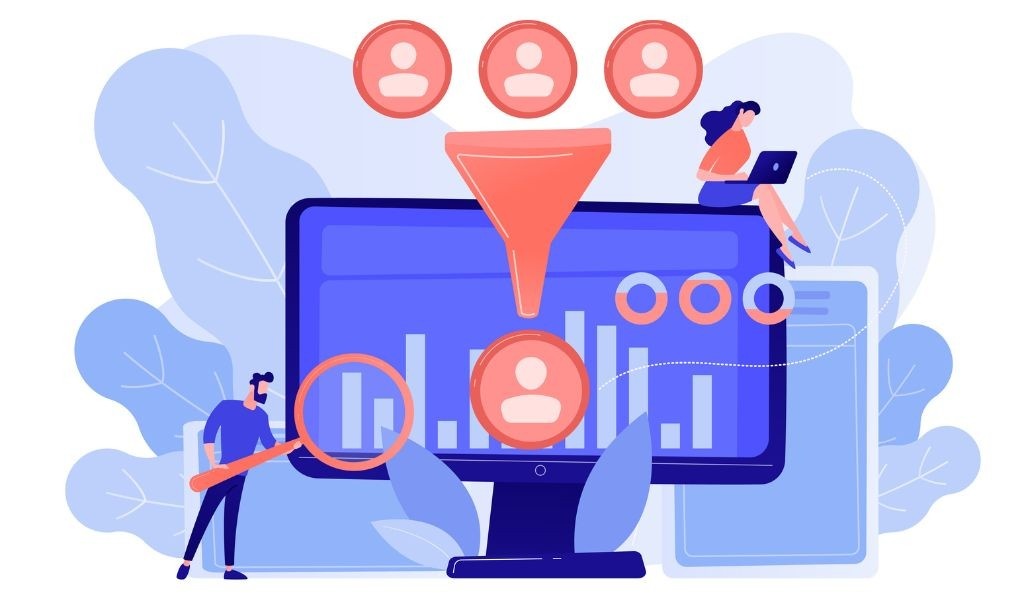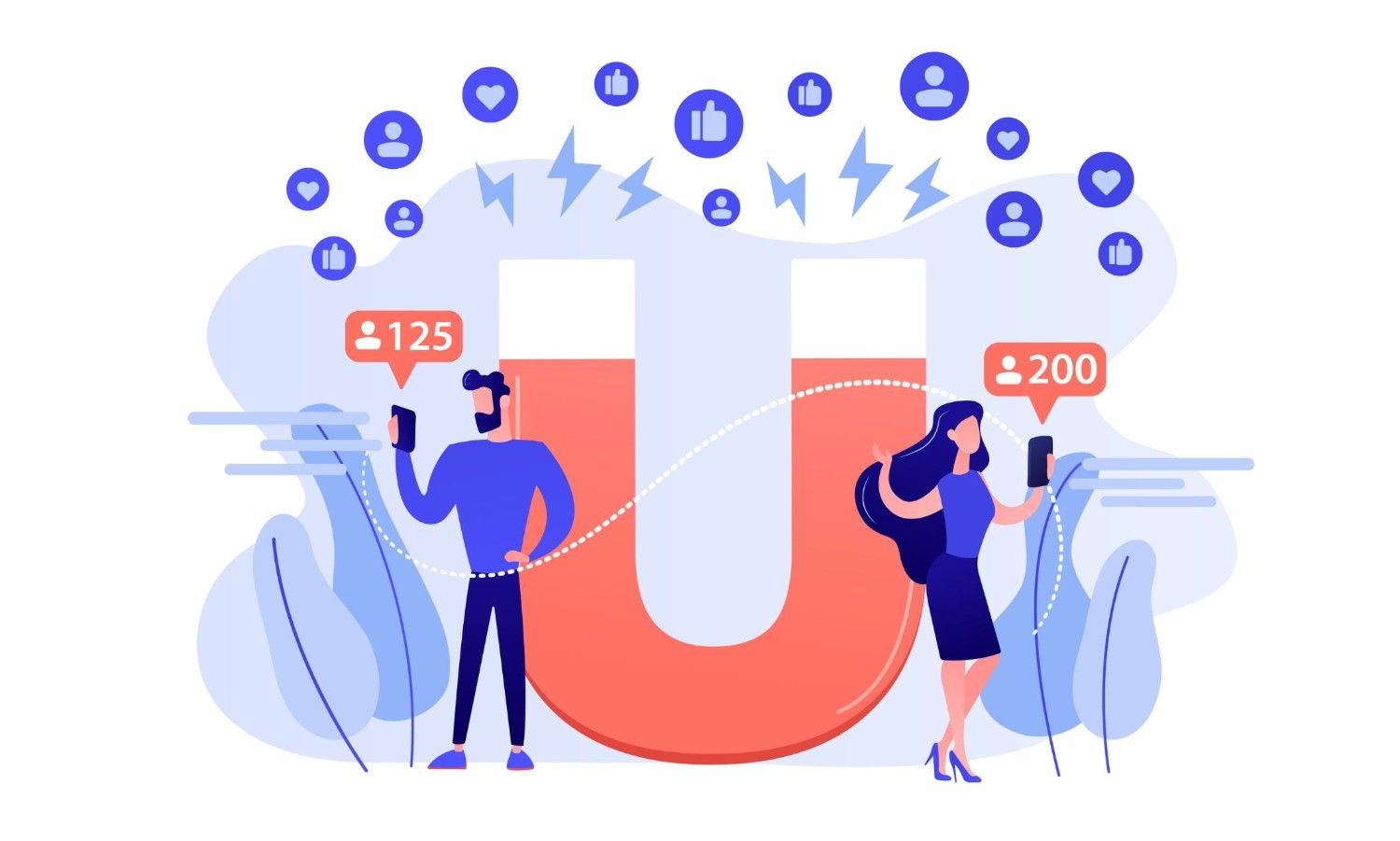From Registration to Conversion: Boost Lead Gen with Webinars That Deliver Results
08 May 2025
5 Mins Read

- What is a Lead Generation Webinar?
- Benefits of Webinars for Lead Generation?
- Attract target audiences with relevant content
- Showcase Your Products or Services.
- Gather Feedback
- Nurture relationships during and after the webinar.
- How to Use Webinars to Generate Leads
- 1. Identify Your Audience
- 2. Choose the Right Topic
- 3. Create Interesting Content
- 4. Promote Your Webinar
- 5. Create Registration Landing Page
- 6. Set Up Automated Email Campaigns
- 7. Host an Interesting Webinar
- 8. Provide Relevant Post-Webinar Material
- 9. Personalize the Follow-Up After the Live Session Has Ended.
- 10. Monitor, Analyze, and Evaluate Outcomes
- Bring Your Webinar to the Next Level
You’re unsure how to host a webinar. Well, this problem is more common than you might think. Many people question how to start webinars and choose the proper format.
First of all, you should know why you want to organize a webinar.
Why are webinars popular? Webinar leads are high-quality because you gain a lot of information about your attendees and their participation with your webinar campaign, which your sales teams can utilize to customize future communications.
Creating webinar material that engages and retains attendees is harder. Let’s explore how this article might assist in producing captivating webinar content that will excite your audience.
What is a Lead Generation Webinar?
A lead generation webinar is an online seminar used to attract potential customers by offering useful information about your products or services. Webinars then convert them into high-value leads. Webinars often provide the target audience with vital information, ideas, and knowledge about a specific business or subject of interest.
By providing great material and addressing their pain areas, lead-generating webinars draw potential customers. Participants will need to provide their email address and name for access to the webinar. These live webinars seek to build trust, show the competence of the business, and interact with the audience.
Throughout the webinar, companies can show their industry knowledge and provide attendees a trial of their products or services.
Benefits of Webinars for Lead Generation?
Attract target audiences with relevant content

In marketing, the targeted audience is the main one for your products or services. It’s the group of people most likely to be interested in and benefit from your products or services. Knowing and concentrating on this target enables you to customize your marketing strategies for best effect and efficiency.
Understanding their pain points, interests, and where they spend their time online will help you to draw target audiences with relevant material. Develop interesting, useful content that speaks to their interests, and use focused advertising and social media tactics to effectively contact them.
Showcase Your Products or Services.
Webinars enable you to demonstrate the worth of your products or services to potential customers. Highlight the benefits and characteristics of your items by using live demo, hands on, case studies, and testimonials. This customer-oriented strategy increases the likelihood of purchase by helping potential customers see how your product or service could be useful for them.
Gather Feedback
Customer feedback is a tool to improve your products or services based on user comments, recommendations, and reviews.
Combine tools and techniques such as surveys, interviews, focus groups, and social media monitoring to properly gather feedback on your products or services. Examine the comments, spot patterns, and apply those findings to guide wise choices on product development and enhancements.
Nurture relationships during and after the webinar.
Webinars urge attendees to participate with surveys, live chat, and Q&A to increase engagement. The interactive feature of webinars helps you answer questions from participants, clear up misunderstandings, and increase their involvement. It will help build trust, increasing client retention and lead conversion.
Finally, with quick post-event follow-ups, build up the connections you have established during the webinar. Write personalized emails outlining key issues, providing further resources, and inspiring more discussion. This approach builds your commitment to your audience and helps foster relationships, supporting future participation and sales.
How to Use Webinars to Generate Leads
Following these strategies will help you boost lead gen with webinars while providing value to your audience.
1. Identify Your Audience
First, knowing and understanding your objectives will help you determine the audience for your webinar. Your objectives will help to determine the content material, message, and target audience you wish to attract..
Defining targets and purposes for the webinar can help you properly determine its audience. Then, do market research to grasp the demographics, interests, and demands of possible participants. Think about developing buyer personas to reflect perfect attendees and customize the marketing and webinar material accordingly.
2. Choose the Right Topic
Your next step is to select a webinar topic if you already know your target audience. Begin by understanding your audience’s needs and interests to help you select a fascinating webinar topic. Next, find subjects that fit those interests and are also pertinent to your industry and objectives. Think about highlighting knowledge in a certain field, providing useful insights, or supplying answers to frequent issues.
3. Create Interesting Content
Present well-organized, interesting, knowledge-based content that catches interest. Sketch out the webinar flow and design an interesting, relevant presentation with useful material. Use visuals, narrative, and real-life examples to help your audience connect with and relate to your content. Ensure the material is actionable and provides tools for attendees.
4. Promote Your Webinar
Attract potential participants using your current promotional strategies. Send to your email list compelling invites stressing the advantages of participation. You can also leverage social media to generate registrations and excitement. Collaborate with industry professionals, influencers, or relevant websites with followers and similar interests as your target audience.
5. Create Registration Landing Page
On a landing page, list the benefits of the webinar. Attract people and offer event information, including date, time, length, and speakers, by using attractive language, images, and video. Guide people to a registration form with an intriguing CTA button. Use the form since registration requires a name and email address.
6. Set Up Automated Email Campaigns
Set up and design automated emails to verify registrations, onboard attendees, and offer pre-webinar details. These emails ensure that participants remain at the webinar and involved. The pre-webinar emails should provide links to useful material, the date, the time, and joining instructions.
7. Host an Interesting Webinar
Engage webinar participants by means of presentations, polls, chat, and Q&As. Use slides, pictures, and videos to make your presentation participatory. Motivate participants to engage in order to maintain their interest. Inquire about and respond to queries from participants.
8. Provide Relevant Post-Webinar Material
Publish any extra materials and the webinar recording. Participants may review and share the material. Give participants in webinars tools to back up the key points. Remind them of the next actions or contact.
9. Personalize the Follow-Up After the Live Session Has Ended.
Contact participants using registration contact details. Send guests personalized emails providing tools and additional interaction as required. Improving a lead-nurturing relationship calls for individualizing the strategy to fit every attendee.
10. Monitor, Analyze, and Evaluate Outcomes
Track leads, participation, registrations, and webinar activity. Assess your webinar using this information to enhance next lead-generation initiatives. Analyze data to find ways to customize upcoming seminars for your intended audience.
Bring Your Webinar to the Next Level
Webinars are most regarded as excellent lead producers. Successful lead generation is defined by publicizing the event, offering interesting content, presenting engaging talks, incorporating interactive elements, and quickly following up with attendees.
A strong webinar lead-generating platform could help you interact with participants, provide useful material, and gather their data. It can help you create high quality leads.



















Comments Are Closed For This Article